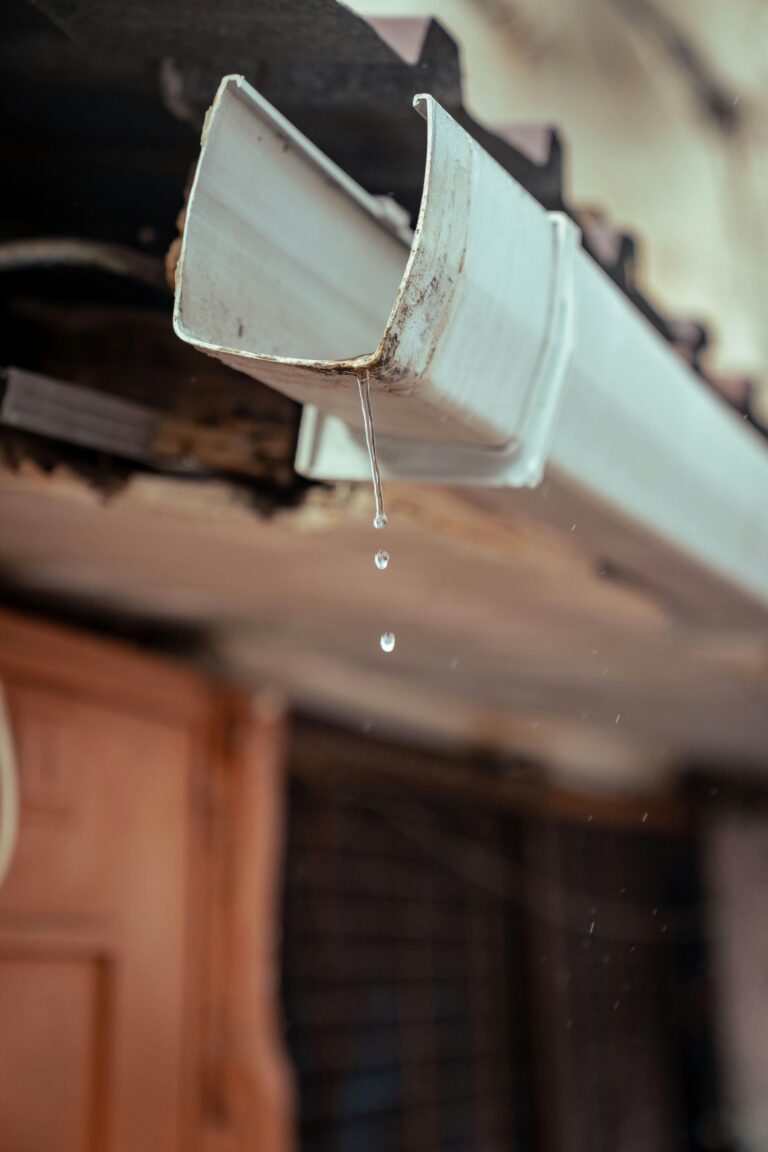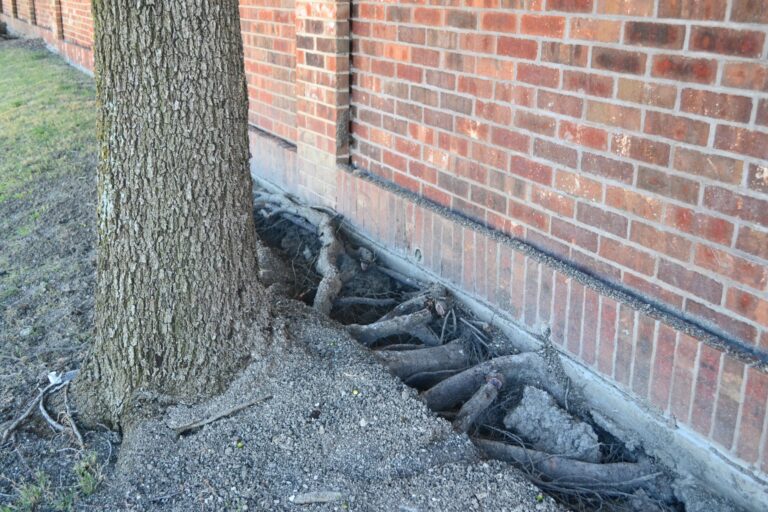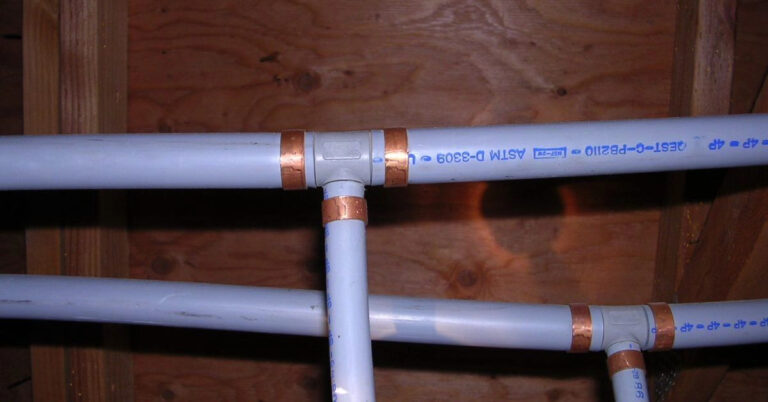5 Fireplace Safety Tips
Keeping Your Fireplace Safe and Cozy
Fireplaces are a wonderful way to heat your home and create a warm, inviting atmosphere. However, if not properly maintained, they can pose serious fire hazards. Many homeowners may be unaware of the necessary steps to ensure their fireplace operates safely each year. Even those with some experience may not fully understand the risks that can accumulate over time.
Here are five essential tips to help minimize the risk of a fireplace-related fire in your home.
1. Regular Fireplace Inspections
Before using your fireplace, it’s crucial to have your chimney inspected, whether it’s gas, electric, or wood-burning. This is especially important if you are moving into a new home with a fireplace and are unsure of its maintenance history.
It is recommended to have your fireplace inspected annually. Professionals can identify significant issues, such as cracks in the flue or creosote buildup, which is a leading cause of fireplace fires. Creosote is a flammable residue that accumulates in the flue when wood is burned.
2. Clean Your Flue According to Usage
While many experts recommend an annual cleaning of your fireplace flue, the frequency should be based on how often you use it. Chimneys should be swept, cleaned, and inspected at least once for every cord of wood burned.
For occasional users, inspections and cleanings may be needed every two to three years, while frequent users might require them once or twice a year. Although you can clean your flue yourself, it is advisable to hire a professional due to the difficulty and specialized tools required.
Don’t forget to check all flues in your home. Many homeowners mistakenly believe they only have one flue. If you see two flues on your roof, the other may be for your boiler system, which should also be checked and cleaned annually, especially if it’s an oil burner.
3. Check for Leaks or Cracks in the Chimney
Preventative maintenance extends beyond cleaning. Cracks or leaks in the chimney can pose significant fire hazards, often caused by flooding, extreme weather, or settling of the house. If your home has experienced flooding, it’s advisable to replace your firebox, as water can damage the structural wood supporting the chimney, leading to cracks.
If the stack shifts, it can open a crack in the flue, allowing embers to enter the structure and potentially cause a fire. Such issues are often not visible unless you inspect the attic, so if you suspect any foundational movement, have your fireplace inspected promptly.
4. Use Appropriate Firewood
For wood-burning fireplaces, using the right type of wood is essential. Hardwoods are preferable to pine, as they are less oily and produce fewer sparks. Pine tends to crack and pop, scattering embers, and can lead to quicker creosote buildup. Electric and gas fireplaces generally require less maintenance since they do not use a traditional chimney to vent smoke. However, if you prefer to avoid maintenance and fire hazards, consider installing a gas or electric fireplace. Keep in mind that these options can be costly and may require additional utilities, such as a gas connection. Regular inspections are still necessary, especially for gas fireplaces, which should include checking all components like the pilot light, fan, venting system, and thermostat.
5. Prevent Wildlife Intrusion
If you hear birds or other animals in your chimney, they may be blocking the flue with their nests, which can cause smoke and dangerous carbon monoxide to back up into your home.
Your chimney should have a chimney guard to prevent critters from getting inside and creating blockages, which can lead to chimney fires. Regular inspections can determine if a chimney guard is in place and identify any potential entry points for wildlife.
Conclusion
By following these preventive measures, you can ensure that your fireplace remains safe and functional. Taking the time to address these issues will give you peace of mind, allowing you to fully enjoy the cozy warmth of your fireplace during the colder months.






